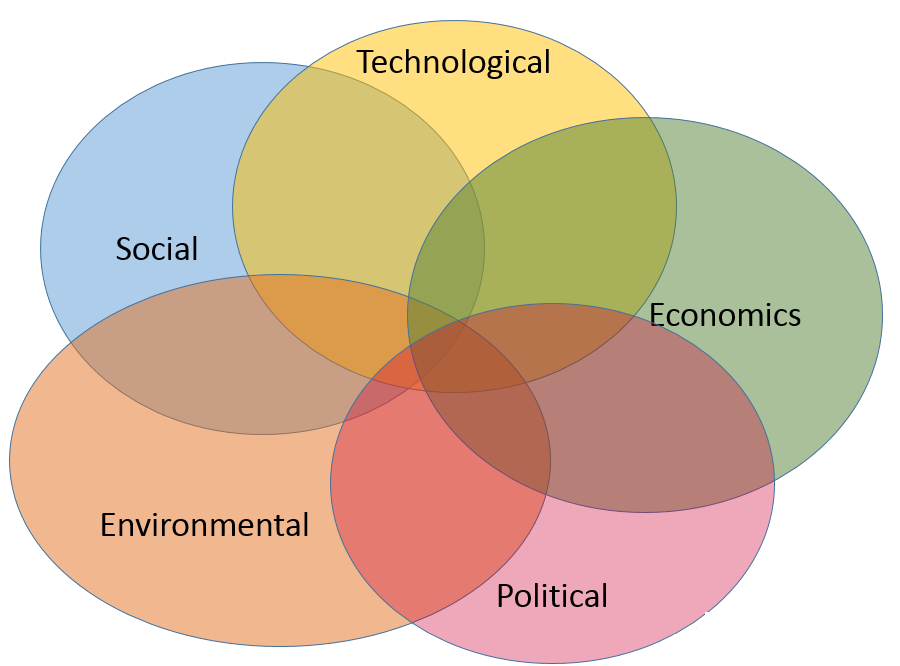SMART CITY CONCEPT
SMART CITY
A smart city is an infrastructure
framework that addresses the growing urbanization challenges by embracing
integrated and automated information and communication technologies to help
optimize all city operations, help achieve sustainability goals and better
quality of life for its citizens
Though the term “smart cities” is new,
the idea isn’t. Ancient Roman cities actually used elements of the concept,
such as using technology to make their citizens’ lives easier. Aqueducts and water
drainage systems are just two ways they did that.
The main goals of a smart city is to
improve policy efficiency, reduce waste and inconvenience, improve social and
economic quality, and maximize social inclusion.
What is smart
city?
A smart city is a municipality that uses
information and communication technologies (ICT) to increase operational
efficiency, share information with the public and improve both the quality of
government se
Examples of
smart cities
While many cities across the world have
started implementing smart technologies, a few stand out as the furthest ahead
in development. These cities include:
Ø
Kansas City, Missouri
Ø
San Diego, California
Ø
Columbus, Ohio
Ø
New York City, New York
Ø
Toronto, Canada
Ø
Singapore
Ø
Vienna, Austria
Ø
Barcelona, Spain
Ø
Tokyo, Japan
Ø
Reykjavik, Iceland
Ø
London, England
Ø
Melbourne, Australia
Ø
Dubai, United Arab Emirates
Ø
Hong Kong, Chinarvices and citizen
welfare.
History of the
smart city
The concept of the smart city can be
traced back to the 1960s and 1970s, , three different generations of smart
cities have emerged.
Smart City 1.0 was led by technology
providers. This generation focused on implementing technology in cities despite
the municipality's inability to fully understand the possible implications of
the technology or the effects it may have on daily life.
Smart City 2.0 was led by the cities. In
this second generation, forward-thinking leaders within the municipality helped
determine the future of the city
In the third generation, Smart City 3.0,
neither the technology providers nor the city leaders take control; instead, a
citizen co-creation model is embraced.
This most recent adaptation seems to be inspired by issues of equity and
a desire to create a smart community with social inclusion.
Components of smart cities
Characteristics
Several major characteristics are used to
determine a city's smartness. These characteristics include:
1. a technology-based infrastructure: A smart city is an infrastructure
framework that addresses the growing urbanization challenges
2. environmental initiatives: Smart city initiatives also aim to
monitor and address environmental concerns such as climate change and air
pollution.
3. a high functioning public transportation system: the transportation
arena, smart traffic management is used to monitor and analyze traffic flows in
order to optimize streetlights and prevent roadways from becoming too congested
based on time of day or rush-hour schedules. Smart public transit is another
facet of smart cities.
4. a confident sense of urban planning : Smart city technology is
increasingly being used to improve public safety, from monitoring areas of high
crime to improving emergency preparedness with sensors. For example, smart
sensors can be critical components of an early warning system before droughts,
floods, landslides or hurricanes.
5. humans to live and work within the city and utilize its resources: Smart
cities can connect all manner of services to provide joined up solutions for
citizens.
6. smart city technology can improve the efficiency of manufacturing,
urban farming, energy use, and more
factors for the growth of
development of smart city
There are five groups of human factors
that must be considered in developing your smart city. These include social,
technological, economic, environmental and political factors.
Social Factors include: followings are
the social factors for the development of smart city
1. rapid growth of population
2. the rural people moves in urban areas for their particular purposes
3. employment opportunities
4. technological development
5. educational facilities
6. Public health services
7. Digital llifestyle
8. Well developed transport system
9. Well commucation system
Technological Factors include:
Ø
Smart infrastructure
Ø
Intelligent transportation systems
Ø
Technology leapfrogging
Ø
Energy efficiency
Ø
Artificial intelligence
Economic Factors include:
Ø
Urban regeneration
Ø
Informal economy
Ø
Self sufficiency
Ø
City identity
Ø
Economic growth
Environmental Factors include:
Ø
Water management
Ø
Food security
Ø
Green infrastructure
Ø
Ecosystem services
Ø
Waste minimization
Ø
Extreme weather
Ø
Air quality
Ø
Pollution
Ø
Urban sprawl
Ø
Recycling biodiversity loss
Ø
Heat stress
Ø
Sanitation
Why Smart Cities Are Important
By 2050, cities will be home to almost
70% of the world’s population. Compared with today, this will add another 2.5
billion people to urban areas. According to the UN, today the most urbanized
regions include Northern America (with 82% of its population living in urban
areas in 2018), Latin America and the Caribbean (81%), Europe (74%) and Oceania
(68%). The level of urbanization in Asia is now approximating 50%. By 2030, the
world is projected to have 43 megacities with more than 10 million inhabitants,
most of them in developing regions.
Smart cities allow citizens and local
government authorities to work together to launch initiatives and use smart
technologies to manage assets and resources in the growing urban environment.











0 Comments